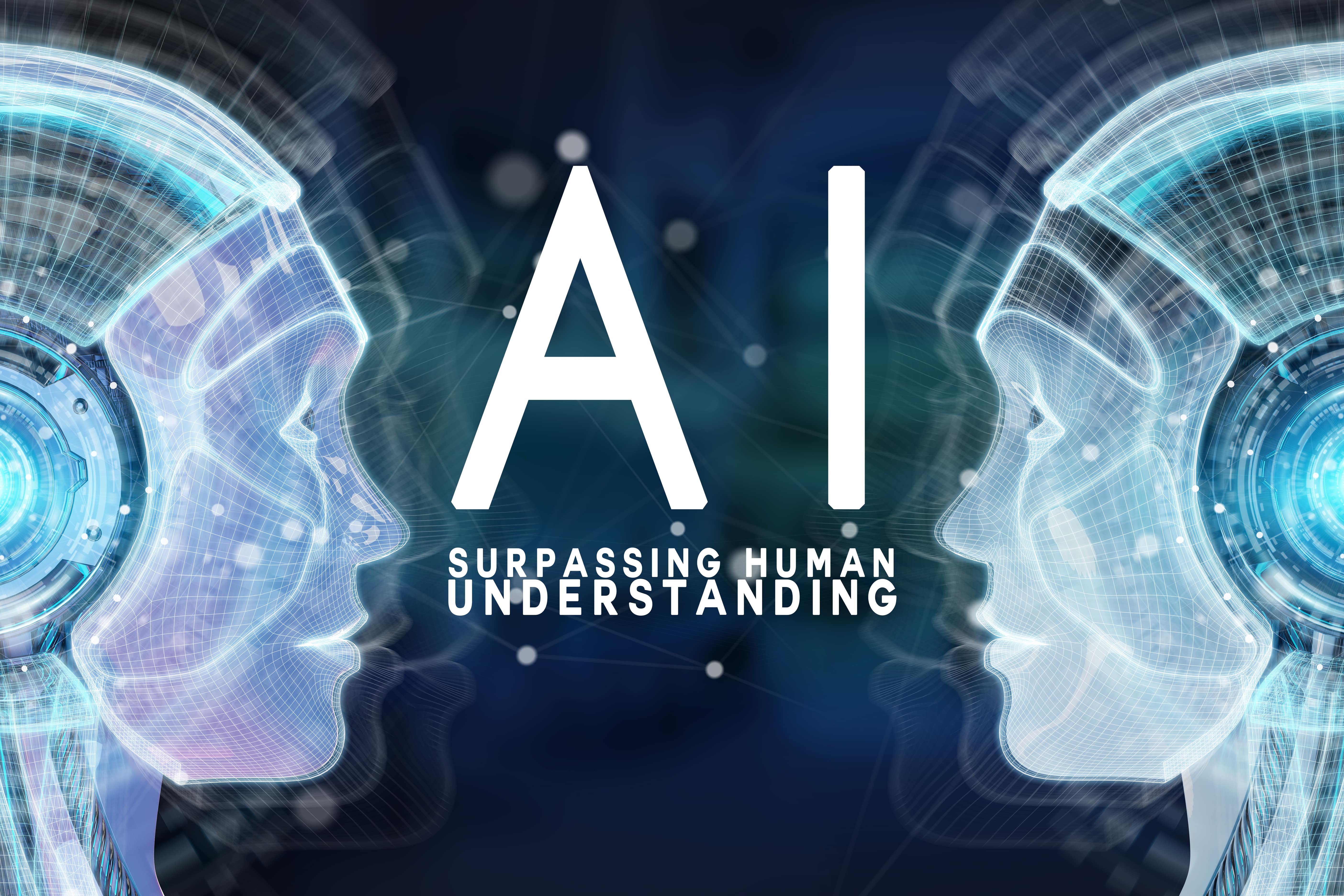
Data acquisition is the foundation of machine learning and artificial intelligence system research, data collection and an important step in the realization of machine learning and artificial intelligence. Data acquisition can be divided into two levels: physical data acquisition and logical data acquisition artificial intelligence & data collection .
The development of (AI) artificial intelligence data acquisition technology has brought more possibilities to the research of machine learning and artificial intelligence systems. Both physical data acquisition and logical data acquisition can use different technologies to extract useful data in the actual environment and computer systems, laying a solid foundation for machine learning and artificial intelligence data collection system research. At the same time, data acquisition technology can also be applied to various practical fields, such as social sciences, economics, medicine, etc., to provide effective data support for scientific research of data collection.

What is artificial intelligence data collection?
Artificial intelligence data collection refers to the acquisition of data in various ways to provide data support for the training and prediction of artificial intelligence models. These data can be obtained from multiple sources such as networks, databases, sensors, etc., and preprocessed by manual or automatic annotation. High-quality and sufficient data have an important impact on the accuracy and effectiveness of artificial intelligence models .
What information can AI data collection collect?
AI data acquisition can capture a wide variety of information, depending on the application domain and goals. Some common types of information are as follows:
1. Text: This includes news articles, blogs, social media posts, emails, etc.
2. Image: including photos, images, satellite images, etc.
3. Video: including short films, commercials, movies, etc.
4. Audio: including music, speech recognition, speech corpus, etc.
5. Location: including geographic location, road map, etc.
6. User data: including user behavior, user preferences, user data, etc.
7. Sensor data: including accelerometers, temperature sensors, biosensors, etc.
The above are just some examples. AI data collection can collect a variety of information, and with the development of technology, the types and quantities of AI data collection are also increasing.

What is the use of artificial intelligence data collection?
1. Training artificial intelligence models: Artificial intelligence models require a large amount of data for training to form a sufficiently accurate prediction model. The dataset must be diverse and large enough to cover the wide range of situations the model might face.
2. Prediction: The artificial intelligence model that has been trained can use new data to make predictions. Such predictions can be used in various fields such as natural language processing, image recognition, computer vision, etc.
3. Data Mining: AI datasets can be used for data mining to discover hidden patterns and regularities. Data mining techniques can be used to predict market trends, diagnose diseases, and more.
4. Machine learning: Artificial intelligence data collection is the basis of machine learning. Machine learning algorithms use a large amount of data to build models and make predictions through the models.
5. Artificial intelligence applications: AI data sets can be used to develop various artificial intelligence applications, such as speech recognition, image recognition, and automatic driving. The effectiveness of these applications depends on the quality and quantity of data.

 Afrikaans
Afrikaans Albanian
Albanian Amharic
Amharic Arabic
Arabic Armenian
Armenian Azerbaijani
Azerbaijani Basque
Basque Belarusian
Belarusian Bengali
Bengali Bosnian
Bosnian Bulgarian
Bulgarian Catalan
Catalan Cebuano
Cebuano Chichewa
Chichewa Chinese (Simplified)
Chinese (Simplified) Chinese (Traditional)
Chinese (Traditional) Corsican
Corsican Croatian
Croatian Czech
Czech Danish
Danish Dutch
Dutch English
English Esperanto
Esperanto Estonian
Estonian Filipino
Filipino Finnish
Finnish French
French Frisian
Frisian Galician
Galician Georgian
Georgian German
German Greek
Greek Gujarati
Gujarati Haitian Creole
Haitian Creole Hausa
Hausa Hawaiian
Hawaiian Hebrew
Hebrew Hindi
Hindi Hmong
Hmong Hungarian
Hungarian Icelandic
Icelandic Igbo
Igbo Indonesian
Indonesian Irish
Irish Italian
Italian Japanese
Japanese Javanese
Javanese Kannada
Kannada Kazakh
Kazakh Khmer
Khmer Korean
Korean Kurdish (Kurmanji)
Kurdish (Kurmanji) Kyrgyz
Kyrgyz Lao
Lao Latin
Latin Latvian
Latvian Lithuanian
Lithuanian Luxembourgish
Luxembourgish Macedonian
Macedonian Malagasy
Malagasy Malay
Malay Malayalam
Malayalam Maltese
Maltese Maori
Maori Marathi
Marathi Mongolian
Mongolian Myanmar (Burmese)
Myanmar (Burmese) Nepali
Nepali Norwegian
Norwegian Pashto
Pashto Persian
Persian Portuguese
Portuguese Punjabi
Punjabi Romanian
Romanian Russian
Russian Polish
Polish Samoan
Samoan Scottish Gaelic
Scottish Gaelic Serbian
Serbian Sesotho
Sesotho Shona
Shona Sindhi
Sindhi Sinhala
Sinhala Slovak
Slovak Slovenian
Slovenian Somali
Somali Spanish
Spanish Sundanese
Sundanese Swahili
Swahili Swedish
Swedish Tamil
Tamil Tajik
Tajik Telugu
Telugu Turkish
Turkish Ukrainian
Ukrainian Urdu
Urdu Uzbek
Uzbek Thai
Thai Vietnamese
Vietnamese Welsh
Welsh Xhosa
Xhosa Yiddish
Yiddish Yoruba
Yoruba Zulu
Zulu